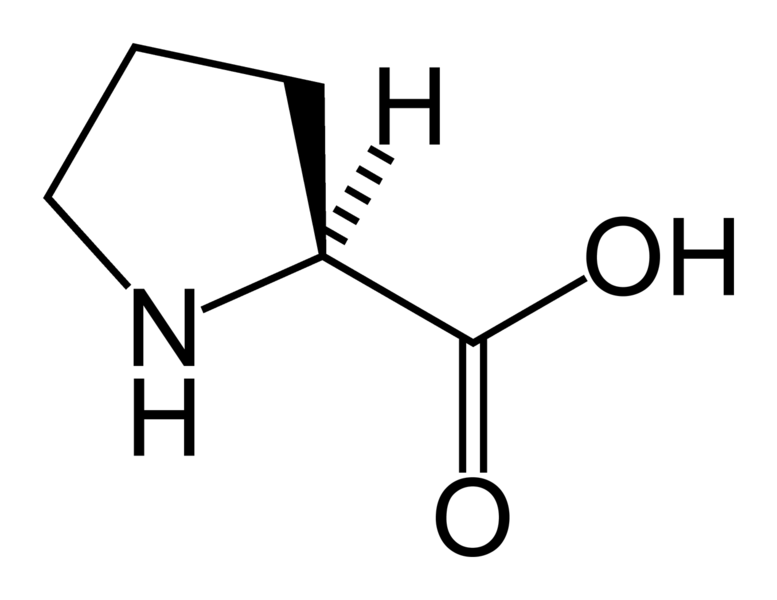
by Erin Loury, Ichthyology Lab
Trying to tie scurvy-plagued sailors of yore to the field of marine biology might be a bit of a stretch, but I had such an awesomely geeky “Ah-ha!” moment regarding this classic maritime disease that I just had to share. (Plus I was reminded recently that we are fast approaching the 200th anniversary of Darwin’s birthday next year, so what better time to start with the throw-backs to 19th century explorers?).

My light bulb moment went something like this. Any school child could probably tell you that the disease scurvy (causing bleeding gums, spotty skin, and general nastiness) is caused by a vitamin C deficiency. We’ve all heard how things finally got better when those historic mariners sat around sucking limes. (Where is the team mom with those orange wedges when you need them?) But I never really understood how Vitamin C actually saves the day – until I came across the write-up of a biomolecular archaeology symposium in Science magazine (a U.K. researcher is finding some evidence for scurvy by looking at the proteins in 17th and 18th century sailor skeletons), and which explained the basic connection.
The answer, it turns out, is collagen – the most abundant protein in the human body. Twisted collagen fibers are in our hair, our tissues, even our bones. Anything that messes with this protein signals is bad news for the body – and scurvy is just that type of news. Collagen is chock full of proline, one of the of the amino acid building blocks that make up all proteins. So it stands to reason that anything that messes with proline messes up collagen, and before you know it, it’s a scurvy mess.

So what goes wrong? Well, some proline molecules need hydroxyl groups added to them to help reinforce structure of the whole protein molecule. A hydroxyl is simply an oxygen and hydrogen hanging out and sharing electrons. These hydroxyl groups don’t just appear on proline, enzymes have to put them there. And one of the cofactors (helpers) that these enzymes need to stick on the hydroxyl groups is – wait for it – Vitamin C!
There you have it – without the right tools (Vitamin C) to help you construct proper nuts and bolts (proline), your beams (collagen fibers) won’t be structurally sound.

And without a good framework, whatever you try to build is going to have some serious problems (like say, a human body). The builders of the Titanic should have known better than to go against this string of logic, just to throw in another maritime example…
So now when mom tells you to drink that orange juice, you can thank her for saving you from gum disease and further misery – and you can tell her how. Those poor sailors eating things like hardtack (which by all accounts, had the nutritional value of thinly disguised cardboard) didn’t stand a chance. But in scurvy’s defense: without it, Shakespeare would have been deprived of some of his choice insults. What do you say to that, you scurvy jack-dog priests?

